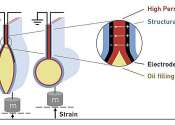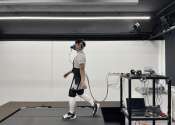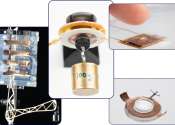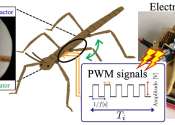Soft artificial muscles developed for robot motion
Researchers at ETH Zurich have recently developed artificial muscles for robot motion. Their solution offers several advantages over previous technologies: It can be used wherever robots need to be soft rather than rigid ...
Jan 30, 2024
1
79









